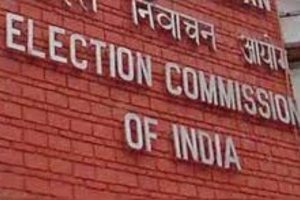Considering the contribution of Jangipur in the development of the railways in India, the Malda Division of Eastern Railway has renovated the Jangipur station as a heritage station to bring back its past glory.
But the historic toll tax office, which was once the largest revenue collection centre in the country, has been submerged by the Ganga after erosion of the banks.
Advertisement
Talking to The Statesman, Mr. Prashant Kumar Mishra, Chief Workshop Engineer of Eastern Railway, who is also holding the additional charge of DRM of Malda Division, said that the Jangipur station building, the most well-known landmark of the area with its thick brick walls, high roof, arches, wooden window shades has been given a new lease of life after structural repairs.
“It was painted in trade mark red colour and the renovated heritage station building is now the cynosure of all eyes,” Mishra added.
He further said directors of the East India Company were deeply convinced of the need of railways in India for mobilising its forces across the country. The company wanted to conduct detailed traffic surveys and explore financial viability before deciding to set up a railway network in India.
The first report of the directors of East India Rail Company had made mention of two million tonnes of inland traffic between Calcutta, the N.W. and Jangipore Ghat that alone carried more than 7.96 lakh tonnes of goods.
It was the toll record of Jangipur that paved the way for construction of the railway network by EIR in India. The official records of the collector of tolls at Jangipur mentioned that in 1844-45, on the Bhagarutty River boats passed through that branch of the river, containing 21,497,750 maunds, or taking 27 maunds to the ton, the tonnage of the laden cargo boats was 796,213 tonnes. G.Ashburner of Messers Macintyre and Company in his letter dated September 2, 1844 to R Macdonald Stephenson stated, “I am satisfied indeed after very careful enquiry and minute attention to the subject that no country in the world has ever offered so tempting a field for the investment of capital in railways as the Valley of Ganges from one extremity to the other.”
“I have searched for the toll house in the banks of river Ganges, but sadly it no longer exists as it is now lying submerged in the river after erosion,” Mr Mishra added.











